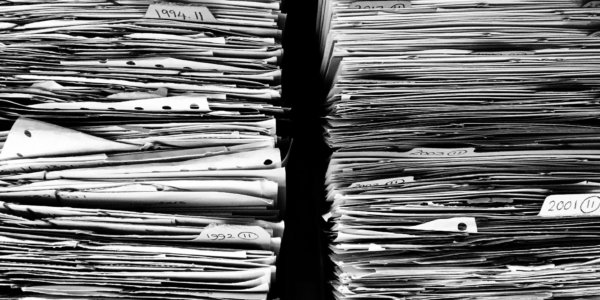
Whether you’re approaching the process for the first time or have dozens of audits under your belt, conducting a document review as part of your internal audit to can be intimidating. A2LA WorkPlace Training instructors frequently get questions from learners about document review best practices and what documents require the most attention during a review. Unfortunately, there is no one-size-fits-all answer. Depending on your facility, your industry, and the standard or standards you are accredited to, your experience will be somewhat different. There are, however, strategic ways to approach a document review that will help to set you up for success. For a handy visual guide to this process, follow the link below.
Organization is key.
Determining which documents require examination and accessing those documents does take a lot of time and effort, but an incomplete document review can delay your audit and will also reduce its effectiveness. As you prepare for your internal audit, be sure you gain access to those documents that are covered by your scope. For example, if your audit scope includes ISO/IEC 17025:2017 section 6.2 for personnel, you would want to review a copy of the procedure that supports clause 6.2.5 for personnel competence requirements. Using your audit scope as a guide, you might compile a checklist of documents to be reviewed and then ensure complete, legible copies of all the required documents are accessible in a single easy-to-find location. This applies whether your documents are physical or digital. Digital documents have many advantages but can end up “lost” just as easily as physical documents if your files are disorganized, or worse, inaccessible. In addition to checking that the documents are present; it is also wise to manually check that the documents are properly updated. If this is your first internal audit you may need to take extra time getting organized, and it may feel like a monumental task, but once you have everything properly in order, it will be much easier to maintain that system of organization in the future.
Prepare your questions in advance.
Best practice for preparing for an internal audit is to develop many of your interview questions in advance. When reviewing your selected documents, you should compare them with the associated requirements to determine conformance in advance of the internal audit. It is recommended to maintain notes of the conformance status of the documents reviewed. This might be achieved by noting the information on the documents reviewed (where possible), in a notebook, or as part of a checklist (physical or electronic). In addition to recording conformance status to better prepare for your audit, you should also note any questions regarding the documents just reviewed that you plan to ask personnel during the on-site interviews.
Think critically and constructively.
Audits are crucial to an organization operating effectively, so auditors must be critical and detail-oriented in the document review process but must also be constructive and cooperative with auditees while working together to address questions or findings. It’s a common stereotype to think of audits as a rigid and unforgiving process and of auditors as overbearing, but to be effective as an internal auditor you have to keep in mind the context of the laboratory being audited, such as local conventions that work well for personnel. Consider auditor and auditees as collaborators on this journey, working in partnership in order to conduct an in-depth, meaningful, and objective audit.
While it’s true that this process is complex, it is far from insurmountable. With proper care, patience, and attention to detail, you have the tools needed to be successful. If you feel you require extra help at any point along your journey, the experts at A2LA WorkPlace Training can also provide training and consulting options.
